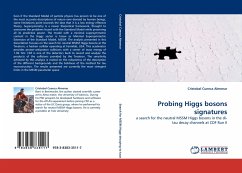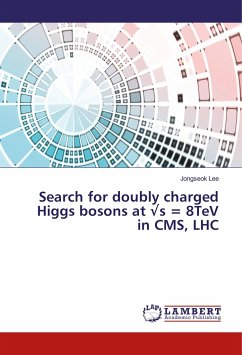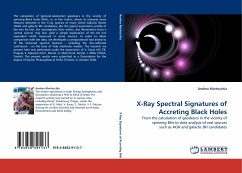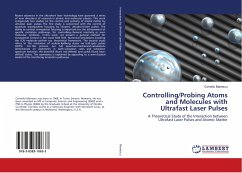Even if the Standard Model of particle physics has proven to be one of the most accurate descriptions of nature ever devised by human beings, some limitations point towards the idea that it is a low energy effective theory. Supersymmetry is a newer theoretical framework, thought to overcome the problems found with the Standard Model while preserving all its predictive power. The model with a minimal supersymmetric content in the Higgs sector is know as Minimal Supersymmetric Extension of the Standard Model, MSSM. The analysis presented in this dissertation focuses on the search for neutral MSSM Higgs bosons at the Tevatron, a hadron collider operating at Fermilab, USA. This accelerator provides proton-antiproton collisions with a center of mass energy of 1.96 TeV. CDF is one of the detectors built to record and analyze the products of the collisions provided by the Tevatron. The sensitivity achieved by this analysis is rooted on the robustness of the description of the different backgrounds and the boldness of the method for tau reconstruction. The results presented are currently the most stringent limits in the MSSM parameter space.








